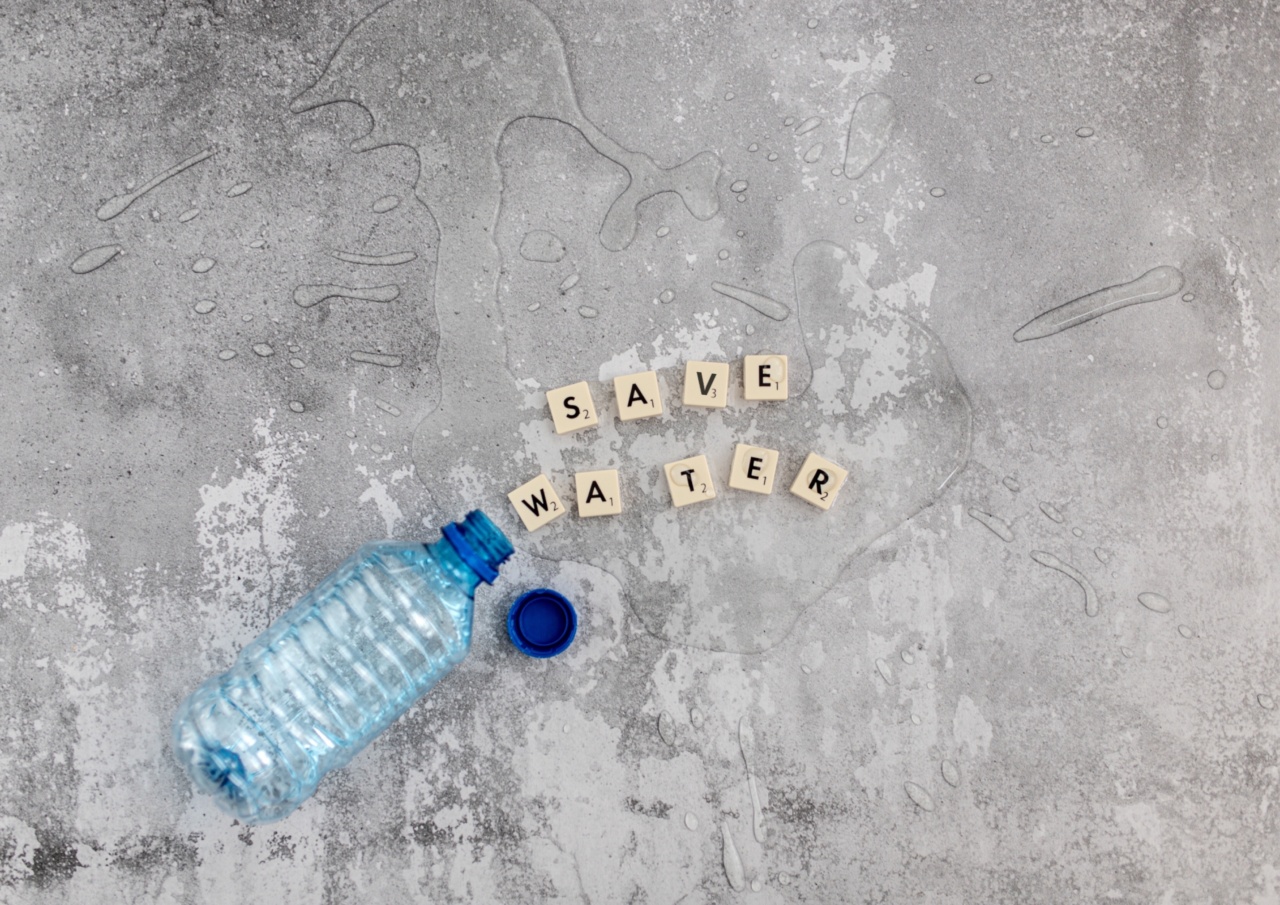Plastic has become an integral part of our daily lives. From food packaging to household items, the use of plastic is widespread and convenient.
However, recent research has shed light on the potential adverse effects of plastic exposure on the developing fetus. It is crucial to understand these risks and take measures to minimize exposure, as the health of the next generation is at stake.
1. Bisphenol A (BPA) and Reproductive Health
BPA is a chemical widely used in the production of plastic products, including water bottles, food containers, and toys. Studies indicate that BPA can disrupt hormone production and cause adverse effects on fetal development.
It can interfere with reproductive system development and lead to issues such as reduced fertility and altered sex hormone levels in both males and females.
2. Phthalates and Developmental Abnormalities
Phthalates, another group of chemicals found in plastics, have been linked to developmental abnormalities in the fetus. These chemicals are commonly found in PVC (polyvinyl chloride) products, such as shower curtains, flooring, and medical equipment.
Exposure to phthalates during pregnancy has been associated with an increased risk of genital abnormalities, including incomplete male reproductive tract development.
3. Microplastics and Intrauterine Exposure
Microplastics, tiny particles of plastic less than 5mm in size, have become a pervasive environmental pollutant. Recent studies have revealed the presence of microplastics in various human tissues, including placentas.
Although the exact consequences of intrauterine exposure to microplastics are still being studied, it raises concerns about potential risks to the developing fetus.
4. Endocrine Disruption and Neurodevelopmental Disorders
Endocrine-disrupting chemicals present in plastic products can interfere with the normal functioning of hormones. The developing fetus is particularly vulnerable to these disruptions, as they can lead to long-lasting impacts on neurodevelopment.
There is evidence linking exposure to certain plastic chemicals, such as phthalates and BPA, to an increased risk of neurodevelopmental disorders, including autism spectrum disorder and attention deficit hyperactivity disorder (ADHD).
5. Air Pollution from Plastic Incineration
Improper disposal of plastic waste, including incineration, contributes to air pollution. When plastic is burnt, it releases toxic chemicals and particulate matter into the air.
Inhalation of these pollutants by pregnant women can have detrimental effects on fetal development. Studies have shown associations between high air pollution exposure during pregnancy and adverse birth outcomes, including low birth weight, preterm birth, and developmental issues.
6. Placental Transfer of Plastic Chemicals
Research has demonstrated that plastic chemicals can cross the placental barrier and reach the fetus. This means that any exposure to plastic toxins by the mother can potentially harm the developing fetus.
The ability of plastic chemicals to accumulate and persist in the body raises concerns about early-life exposure and its long-term consequences on the child’s health.
7. Potential Impact on Immune System Development
Exposure to plastic chemicals during early life stages, including fetal development, has been linked to alterations in the immune system.
The developing immune system is highly sensitive to disruptions, and plastic exposure might disrupt its normal development, potentially leading to an increased risk of allergies, asthma, and autoimmune diseases later in life.
8. Plastic-Derived Food Contaminants
Food packaging made of plastic can introduce contaminants into the food we consume. Plastic additives, such as BPA and phthalates, can leach into food and beverages, especially when exposed to heat or acidic conditions.
Consuming plastic-derived contaminants during pregnancy can expose the fetus to potential health risks, reinforcing the need for safe and alternative food packaging materials.
9. Supporting Sustainable Alternatives
Addressing the adverse effects of plastic on the fetus requires a collective effort. Individuals can reduce plastic exposure by opting for sustainable alternatives, such as glass or stainless-steel containers, and avoiding single-use plastics.
Governments and regulatory bodies play a critical role in implementing policies to phase out harmful plastic chemicals and promote safer alternatives.
10. Conclusion
While plastic has undoubtedly contributed to convenience in modern life, its adverse effects on the fetus should not be underestimated.
The potential risks to reproductive health, developmental abnormalities, neurodevelopment, and immune system function highlight the importance of minimizing plastic exposure during pregnancy. By raising awareness, promoting sustainable alternatives, and enacting effective regulations, we can strive to protect the health and future of our unborn children.



























